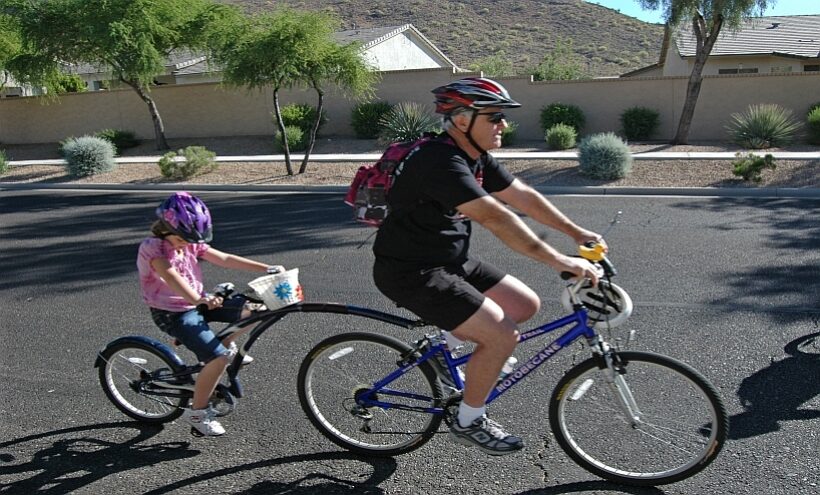As parents, there’s nothing you want more than for your children to be healthy, happy and safe throughout their childhood and well into adulthood. Stickman Knows offers school resources to help instill walking and biking regularly as healthy habits for your children and to keep them safe while doing it! Stickman wants to help parents provide a healthy and safe environment for their children to explore their community. The resources, tips and event ideas listed below are tools to help parents keep their kiddos safe and happy.
One key factor in keeping your kids safe as they walk and bike to school is teaching them the necessary safety skills. As a parent, you have the most influence on how your children behave on their way to and from school.
Safety guidelines for parents:
Children under 10 years of age should not be crossing streets without adult supervision.
If your kids will be walking to school on their own, go with them the first few times. This way, you can identify dangers and point them out to your children, and direct your children to the safest possible route.
When it comes to crossing streets, your children need to be aware of all the different ways cars can cross their path. Explain the rules of the road, and give them real-life examples while you’re out walking together.
Explain how traffic signals work, and make sure your children know how important it is to cross streets at the appropriate times.
If your kids are biking, make sure their bikes are the appropriate size and have fully-operational brakes, chains and reflectors.
Make sure your child has a certified bike helmet and knows how to wear it properly
If your kids are old enough to ride their bikes with traffic, teach them hand signals. Keep in mind that kids younger than 10 years old should always ride on the sidewalks.
Tell your kids how to deal with strangers and where to go for help if they need it on their route to school.
Walk and bike with your child often. Remember, they’ll follow the example that you set for them. Not only will you be showing them that physical activity is an important (and fun) part of life, you’ll also be showing them how to walk and bike safely!

Many of the ideas below come from event organizers who have registered with Walk to School Day or Bike to School Day. Some of these ideas are simple, and others are more complex. Think about what fits your event and community.

Follow Stickman as he promotes bike, pedestrian, and motorist safety awareness in our community!